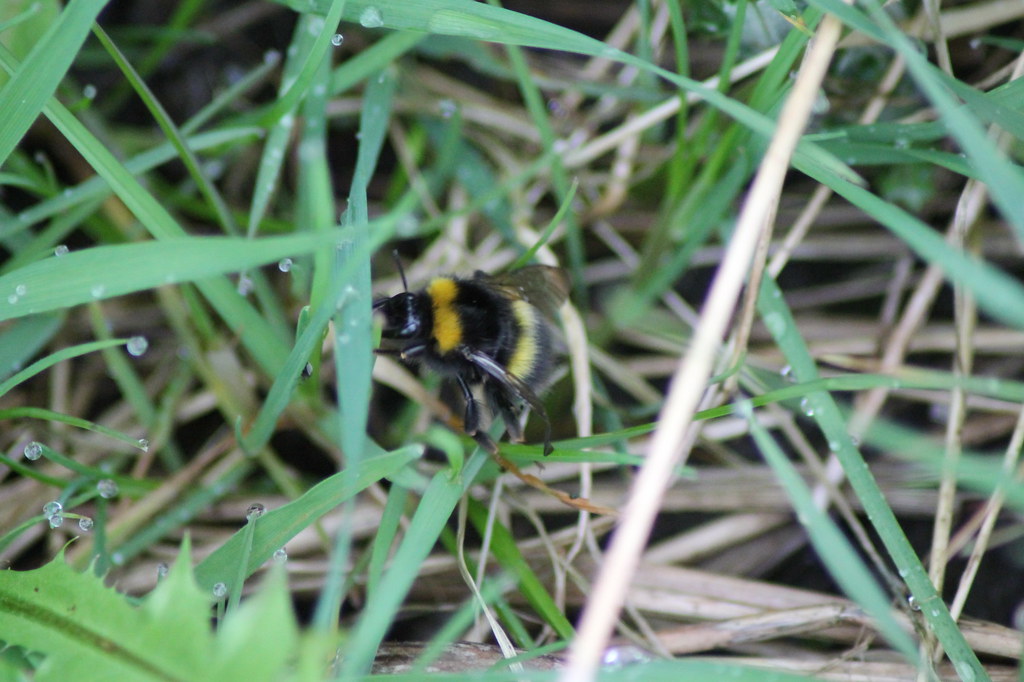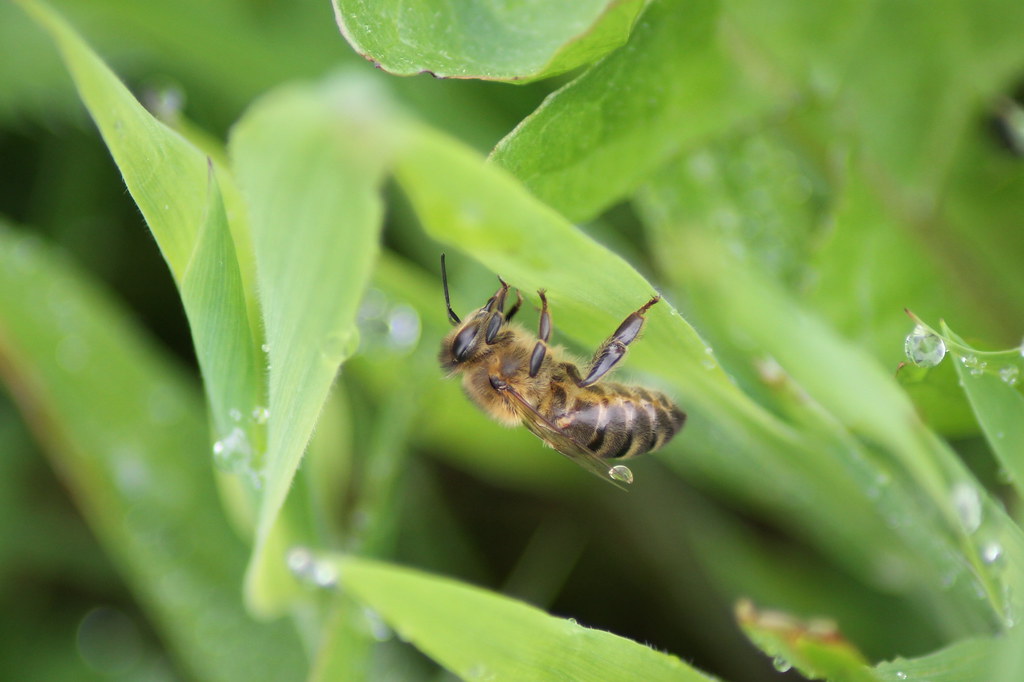I was out in the woods last night with my little brother, and as I was digging a shallow fire pit, I noticed a few small bulbs in the soil. They looked a lot like tiny pickled onions, but it was the several bees attached to them that had me running! I've only ever heard of bees making nests in trees and such, never underground.
I'm quite allergic to bees, so I covered them back up and we left pretty speedy!
Can anyone tell me what on Earth was going on?
Thanks!
I'm quite allergic to bees, so I covered them back up and we left pretty speedy!
Can anyone tell me what on Earth was going on?
Thanks!



